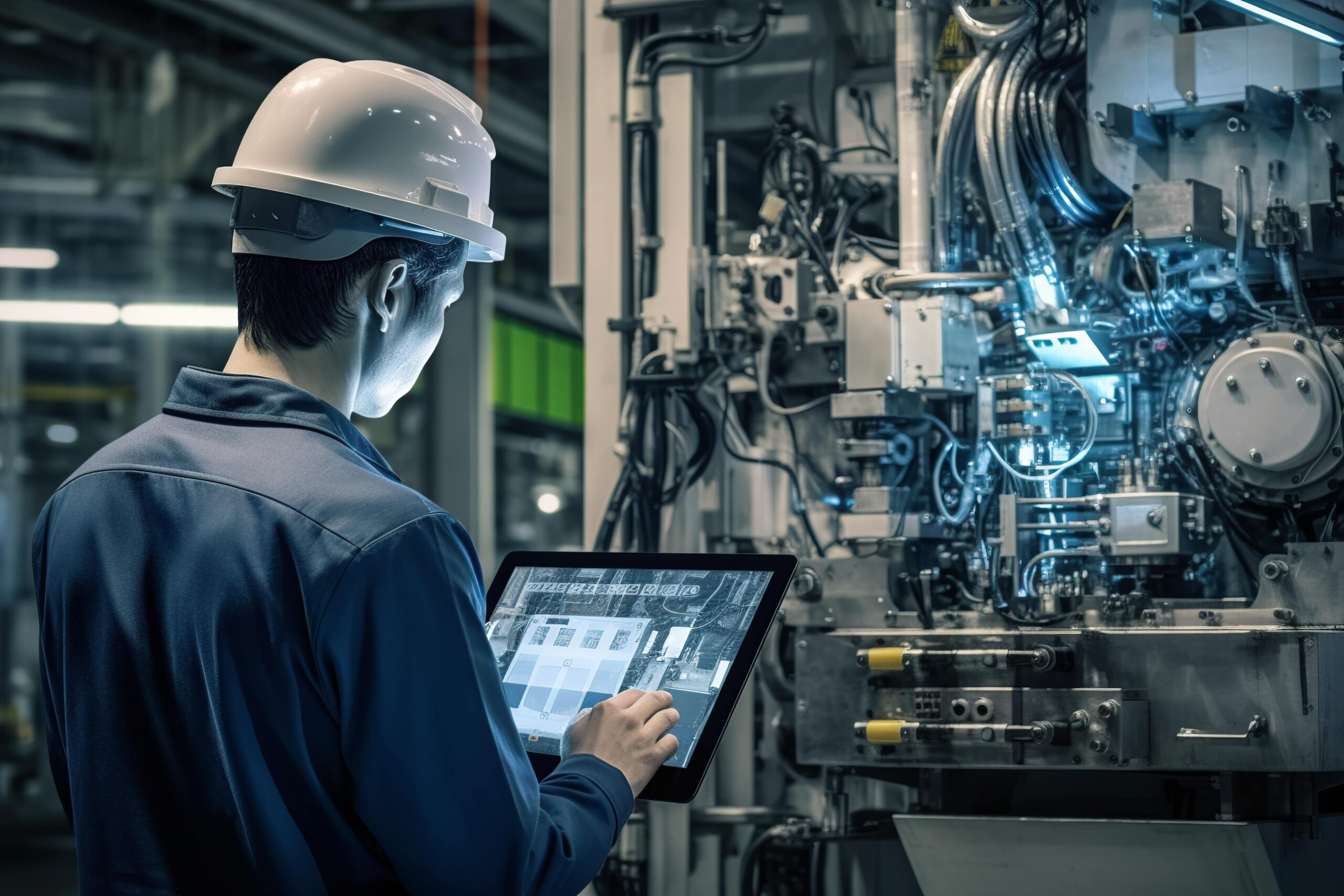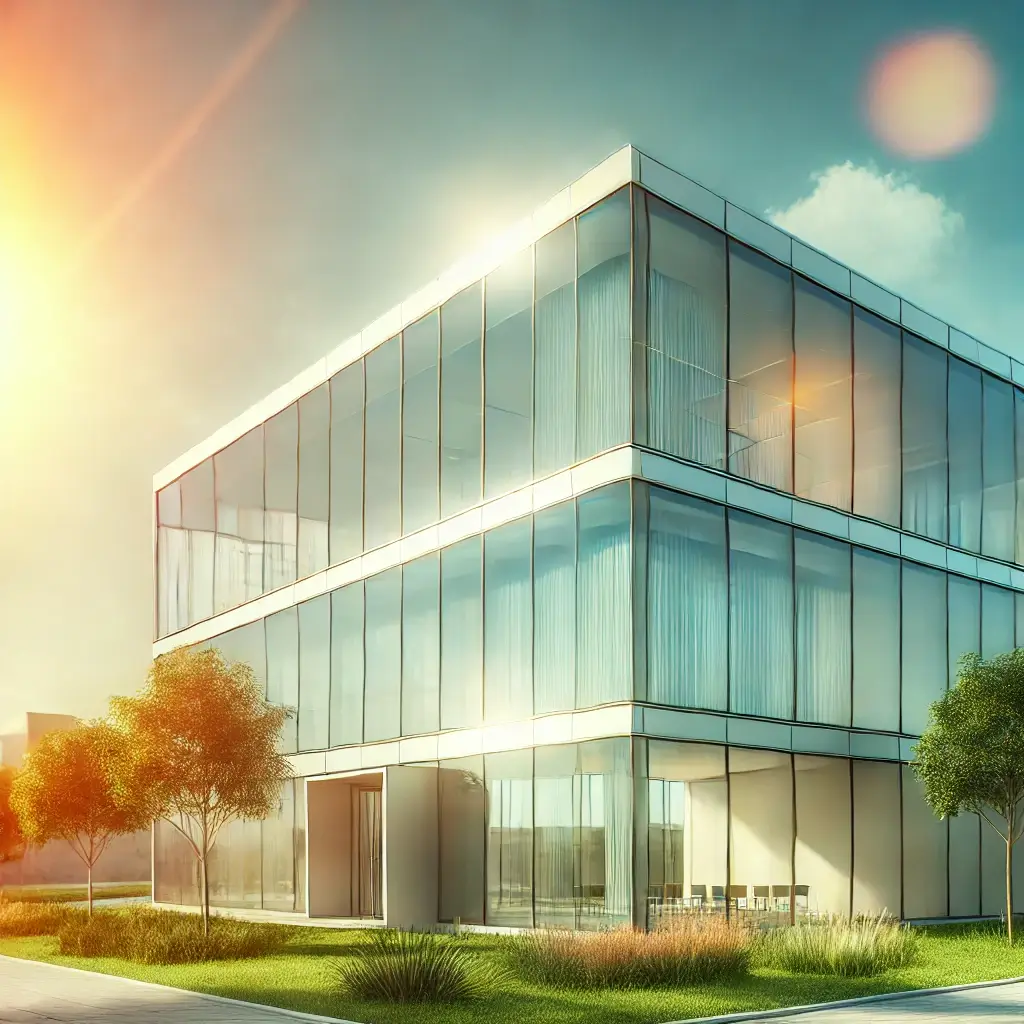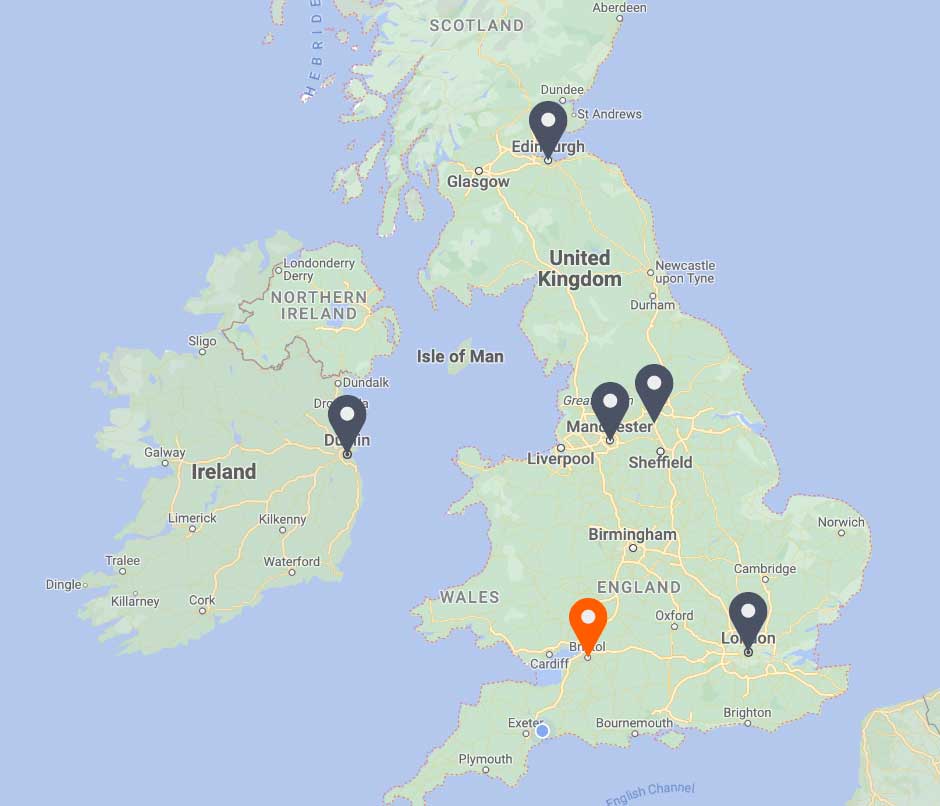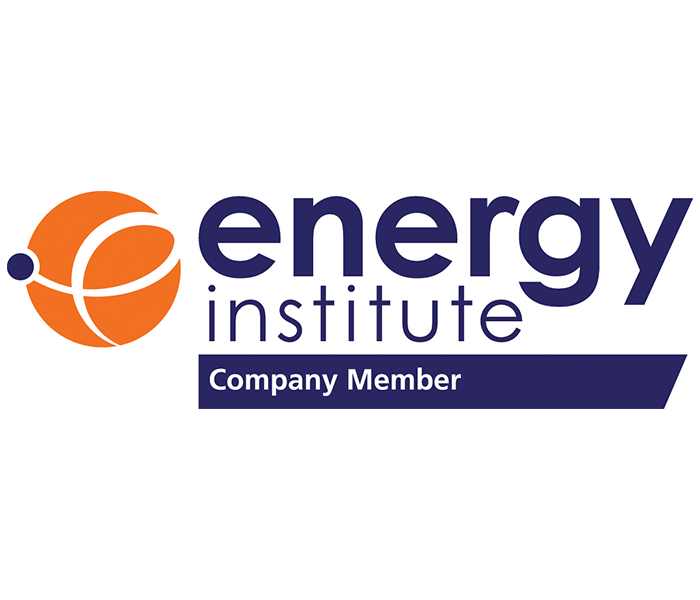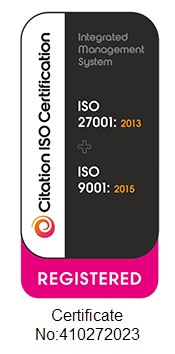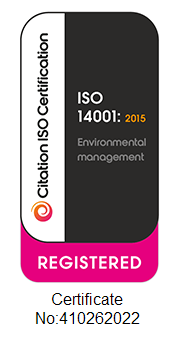THIS ARTICLE AT A GLANCE
CONTACT ETS
If you have any questions or would like to discuss further what you should be doing, ETS is here and willing to help.
Call 0117 205 0542
Email enquiries@energy-ts.com
Submit a contact form
CHECK OUR SERVICES
Reactivating Buildings: COVID-19 Implications for Building Services Equipment
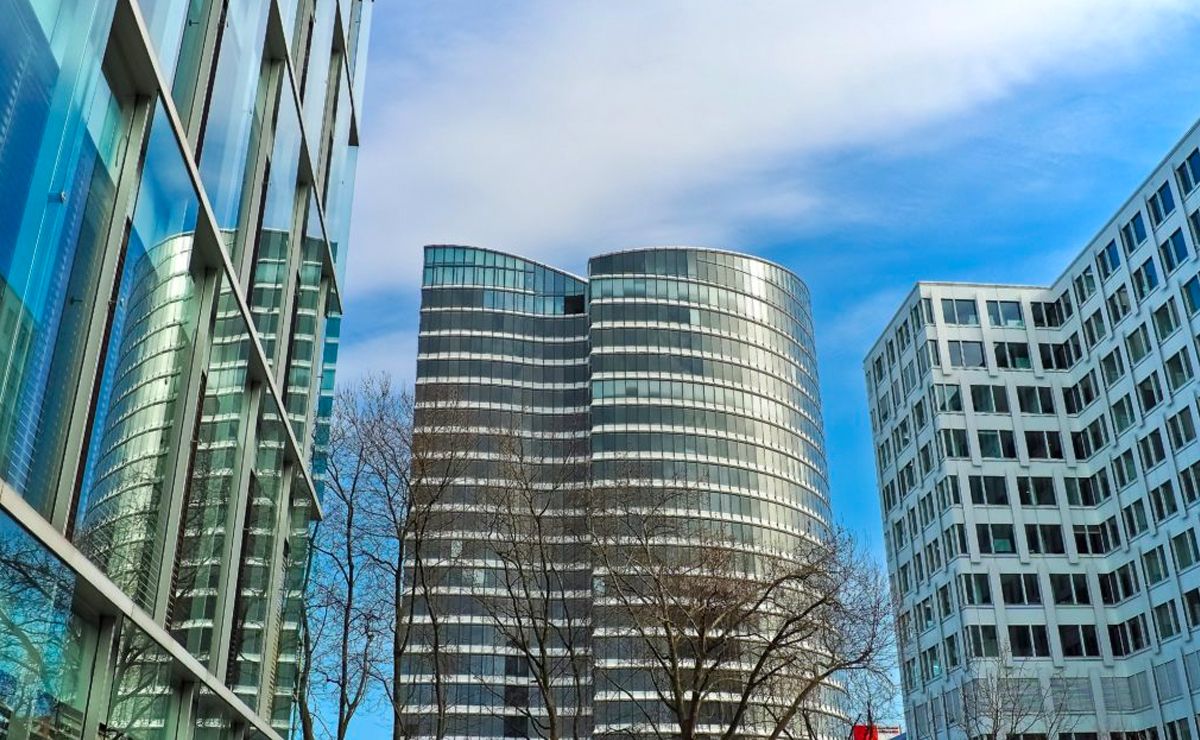
As we navigate these highly challenging times for all sectors of the economy, businesses are looking to the prospect of staff returning to the office environment, and how the risks to health posed by the COVID-19 virus can be robustly managed as their buildings are increasingly brought back into operation.
As part of this, clearly, the provision of safe internal working environments for staff that will return to the office, in due course, is paramount.
In light of this, CIBSE and REHVA have developed a new set of guidance on how to operate HVAC and water systems within commercial buildings to minimise any spread of the virus.
As noted by CIBSE, the current Public Health England guidance on infection control states that “The transmission of COVID-19 is thought to occur mainly through respiratory droplets generated by coughing and sneezing, and through contact with contaminated surfaces. The predominant modes of transmission are assumed to be droplet and contact”, and whilst droplets will generally fall out of airstreams within a relatively short distance, there is an increasing body of evidence to suggest that the virus can be spread through the air in poorly ventilated indoor spaces.
As such, it is crucial that building services equipment such as mechanical ventilation systems, along with water systems, are reviewed and managed to mitigate risk to occupants as far as possible.
This article details some of the key insights from the current guidance.
HVAC Systems
As a first principle, the dilution of internal air streams should reduce the risk of transmission through a reduction of building occupant exposure time to any airborne virus aerosols, whilst also reducing the potential for the virus to settle on any internal surfaces.
As such, the over-riding advice is to reduce internal air recirculation and supply as much outside air to the building as reasonably possible. The key here is the delivery of optimal levels of fresh air provision per person, and maintenance of social distancing between staff that will return to the office to a minimum of 2-3m between individuals.
Any ventilation or air conditioning systems that are normally run with a recirculation mode should be adjusted to run on full outside air where possible. This includes systems which are fitted with return air filters, as it is understood that these will not filter out any viruses themselves.
Any recirculation of air between spaces, rooms or zones occupied by different people should be completely avoided – the primary objective is to maximise the air exchange rate with outside air and to minimise the risk of any pockets of stagnant air.
With regard to HVAC control strategies, it is recommended that extended operation times are implemented, and that ventilation rates should only be reduced down when the building is fully unoccupied. Ventilation systems should not be fully switched off when unoccupied, but ventilation rates can be reduced during full vacancy.
Similarly, CO2 set-points for demand control systems should be set to 400ppm, to optimise the delivery of outside air to internal spaces.
Exhaust ventilation systems of toilets should be left on 24/7.
There will, of course, be implications for energy efficiency through the adoption of these measures – however, it is clear that the health & safety of building occupants is vital, and hopefully adopting this approach in the current season will only result in a relatively limited uplift in consumption.
Whilst it is noted that increased duct cleaning will have no practical effect, as virus particles will not deposit easily in ventilation ducts with appropriate air flow, and it is not necessary to implement an increased regime of changing outdoor air filters, as clogged air filters are not a contamination source, there is potential for virus particles in extract air to re-enter the building – for example in heat-recovery devices that may carry over the virus attached to particles from the exhaust airside to the supply airside via leaks.
In rotary heat exchangers (including enthalpy wheels) particles deposit on the return airside of the heat exchanger surface, after which they might be resuspended when the heat exchanger turns to the supply airside. Based on current evidence, the recommendation is to turn off rotary heat exchangers temporarily.
However, please note that virus transmission via heat-recovery devices is not an issue when a HVAC system is equipped with a twin-coil (‘run around’ coil) or other heat-recovery device that guarantees air separation between return and supply side.
Water Systems
With specific regard to COVID-19, the national guidance as set out by Public Health England regarding personal hygiene, hand washing and sanitising provides the overriding approach to all areas, including WCs.
By way of further guidance, it is also recommended that instructions to building occupants are provided in WC areas to ensure that if toilet seats are equipped with lids, flushing of toilets with closed lids is undertaken to minimise and release of droplets or spread of droplet residues from plumes in the air.
However, as noted in one of our previous articles, it is crucial that the maintenance, reactivation and operation of all water systems within the building is kept in-line with the Health & Safety Executives Approved Code of Practice L8 to mitigate the risk of legionella upon building reactivation.
Questions about reactivating your buildings?
If you have any questions regarding the appropriate steps to take to reactivate your commercial buildings in order to manage risk to occupants, our expert team at ETS is always here to help.
Similarly, as the current COVID-19 situation throws ever more light on the importance of maintaining optimal internal air quality to promote the health & wellbeing of your staff, ETS has a number of solutions (at a significantly lower cost than more ‘conventional’ solutions) that can assist you in maintaining, operating and upgrading your HVAC systems to improve the performance of your buildings and fully optimise internal conditions (including levels of VOCs, particulates, pollutants etc.) as part of the wider Smart Buildings agenda.
Final thoughts
If you are looking for an energy management system that is tailored to your business needs, ETS can provide you with 25 years of experience in dramatically improving energy efficiency and reducing environmental impacts. Whether your businesses have individual assets or large international portfolios, ETS can assist you in saving substantial amounts of money while significantly reducing your carbon performance.
To discuss your requirements, get in touch. You can contact us by calling 0117 205 0542 or drop us an email at enquiries@energy-ts.com.
As we navigate these highly challenging times for all sectors of the economy, businesses are looking to the prospect of staff returning to the office environment, and how the risks to health posed by the COVID-19 virus can be robustly managed as their buildings are increasingly brought back into operation.
As part of this, clearly, the provision of safe internal working environments for staff that will return to the office, in due course, is paramount.
In light of this, CIBSE and REHVA have developed a new set of guidance on how to operate HVAC and water systems within commercial buildings to minimise any spread of the virus.
As noted by CIBSE, the current Public Health England guidance on infection control states that “The transmission of COVID-19 is thought to occur mainly through respiratory droplets generated by coughing and sneezing, and through contact with contaminated surfaces. The predominant modes of transmission are assumed to be droplet and contact”, and whilst droplets will generally fall out of airstreams within a relatively short distance, there is an increasing body of evidence to suggest that the virus can be spread through the air in poorly ventilated indoor spaces.
As such, it is crucial that building services equipment such as mechanical ventilation systems, along with water systems, are reviewed and managed to mitigate risk to occupants as far as possible.
This article details some of the key insights from the current guidance.
HVAC Systems
As a first principle, the dilution of internal air streams should reduce the risk of transmission through a reduction of building occupant exposure time to any airborne virus aerosols, whilst also reducing the potential for the virus to settle on any internal surfaces.
As such, the over-riding advice is to reduce internal air recirculation and supply as much outside air to the building as reasonably possible. The key here is the delivery of optimal levels of fresh air provision per person, and maintenance of social distancing between staff that will return to the office to a minimum of 2-3m between individuals.
Any ventilation or air conditioning systems that are normally run with a recirculation mode should be adjusted to run on full outside air where possible. This includes systems which are fitted with return air filters, as it is understood that these will not filter out any viruses themselves.
Any recirculation of air between spaces, rooms or zones occupied by different people should be completely avoided – the primary objective is to maximise the air exchange rate with outside air and to minimise the risk of any pockets of stagnant air.
With regard to HVAC control strategies, it is recommended that extended operation times are implemented, and that ventilation rates should only be reduced down when the building is fully unoccupied. Ventilation systems should not be fully switched off when unoccupied, but ventilation rates can be reduced during full vacancy.
Similarly, CO2 set-points for demand control systems should be set to 400ppm, to optimise the delivery of outside air to internal spaces.
Exhaust ventilation systems of toilets should be left on 24/7.
There will, of course, be implications for energy efficiency through the adoption of these measures – however, it is clear that the health & safety of building occupants is vital, and hopefully adopting this approach in the current season will only result in a relatively limited uplift in consumption.
Whilst it is noted that increased duct cleaning will have no practical effect, as virus particles will not deposit easily in ventilation ducts with appropriate air flow, and it is not necessary to implement an increased regime of changing outdoor air filters, as clogged air filters are not a contamination source, there is potential for virus particles in extract air to re-enter the building – for example in heat-recovery devices that may carry over the virus attached to particles from the exhaust airside to the supply airside via leaks.
In rotary heat exchangers (including enthalpy wheels) particles deposit on the return airside of the heat exchanger surface, after which they might be resuspended when the heat exchanger turns to the supply airside. Based on current evidence, the recommendation is to turn off rotary heat exchangers temporarily.
However, please note that virus transmission via heat-recovery devices is not an issue when a HVAC system is equipped with a twin-coil (‘run around’ coil) or other heat-recovery device that guarantees air separation between return and supply side.
Water Systems
With specific regard to COVID-19, the national guidance as set out by Public Health England regarding personal hygiene, hand washing and sanitising provides the overriding approach to all areas, including WCs.
By way of further guidance, it is also recommended that instructions to building occupants are provided in WC areas to ensure that if toilet seats are equipped with lids, flushing of toilets with closed lids is undertaken to minimise and release of droplets or spread of droplet residues from plumes in the air.
However, as noted in one of our previous articles, it is crucial that the maintenance, reactivation and operation of all water systems within the building is kept in-line with the Health & Safety Executives Approved Code of Practice L8 to mitigate the risk of legionella upon building reactivation.
Questions about reactivating your buildings?
If you have any questions regarding the appropriate steps to take to reactivate your commercial buildings in order to manage risk to occupants, our expert team at ETS is always here to help.
Similarly, as the current COVID-19 situation throws ever more light on the importance of maintaining optimal internal air quality to promote the health & wellbeing of your staff, ETS has a number of solutions (at a significantly lower cost than more ‘conventional’ solutions) that can assist you in maintaining, operating and upgrading your HVAC systems to improve the performance of your buildings and fully optimise internal conditions (including levels of VOCs, particulates, pollutants etc.) as part of the wider Smart Buildings agenda.
You can contact us by calling 0117 205 0542 or drop us an email at enquiries@energy-ts.com.
Related Article
8 Ways Businesses Can Reduce Energy Use in the Workplace This Winter
Discover how to comply with ESOS Phase 4 and unlock energy-saving opportunities for your business. This guide explains the requirements, highlights key deadlines, and provides actionable strategies. Learn how energy audits, tailored action plans, and expert support can reduce costs, improve efficiency, and align your organisation with sustainability goals.
ESOS Action Planning: Complying with Phase 4 and Implementing Energy Saving Strategies
Discover how to comply with ESOS Phase 4 and unlock energy-saving opportunities for your business. This guide explains the requirements, highlights key deadlines, and provides actionable strategies. Learn how energy audits, tailored action plans, and expert support can reduce costs, improve efficiency, and align your organisation with sustainability goals.
Important Update: What You Need to Know about ESOS Phase 3
Time is ticking for the ESOS Phase 3 deadline. The Environment Agency announced that the reporting system is available now. For organisations qualifying for ESOS Phase 3, the deadline for submitting a compliance notification is 5 June 2024, and organisations should still look to meet this compliance notification deadline where possible.







